Top Things to Know Before Buying Easy Indoor Plants For Beginners
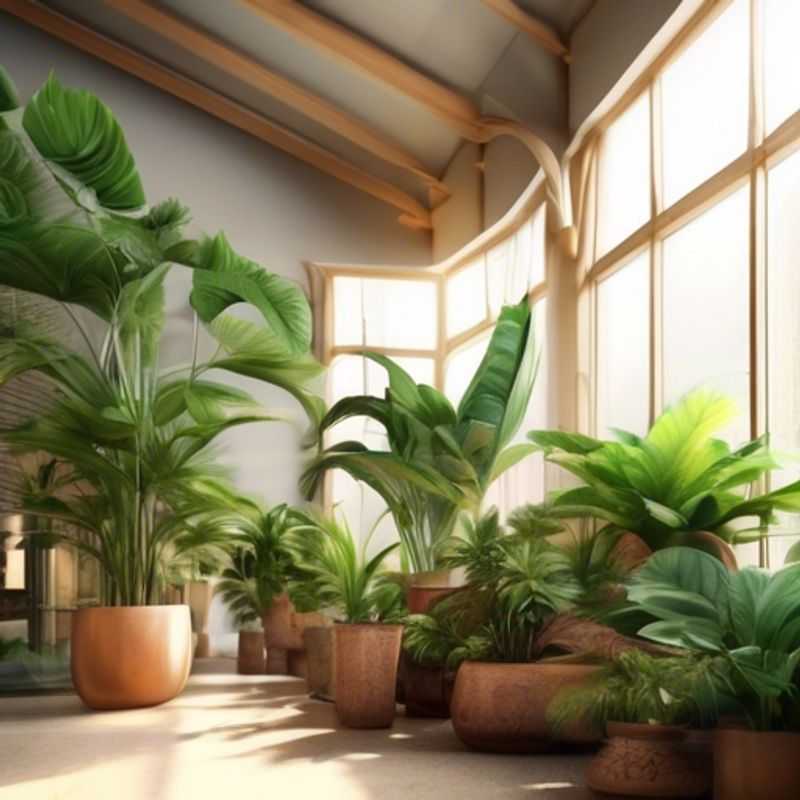
Top Things to Know Before Buying Easy Indoor Plants: A Beginner's Guide to Greenery
Embarking on your indoor gardening journey is an exciting adventure, filled with the promise of verdant life and a touch of nature's charm within your home. But before you dive headfirst into the world of leafy companions, it's essential to equip yourself with a few key insights to ensure success. Let's explore some fundamental considerations for those venturing into the realm of easy indoor plants.
First and foremost, research the specific care requirements for each type of indoor plant. This is akin to understanding the unique personality and needs of your new houseplant friends. Some thrive in bright light, while others prefer the gentle embrace of shade. Some crave consistent moisture, while others prefer a drier environment. By carefully researching the plant's preferences, you'll set the stage for a harmonious and thriving relationship.
Next, consider the amount of sunlight and space available in your home. Each plant has its own light requirements, and it's crucial to match their needs with the conditions you can provide. A sunny windowsill might be perfect for a sun-loving succulent, while a dimly lit corner might be ideal for a shade-tolerant fern. Similarly, ensure you have enough space for the plant to grow and flourish, taking into account its potential size and shape.
For beginners, choosing low-maintenance plants that are suitable for beginners is a wise approach. These resilient green companions will forgive a few missteps and are less demanding in terms of care. Consider plants like snake plants, ZZ plants, or cast iron plants, known for their ability to thrive even with occasional neglect.
Understanding the watering needs and adjusting accordingly is another crucial aspect of indoor plant care. Overwatering is a common pitfall for beginners, so it's essential to observe the soil moisture and water only when it feels dry to the touch. Different plants have varying water requirements, so research each plant's preferences to avoid over or under-watering.
The right soil and drainage play a vital role in plant health. Provide the right soil and drainage for the selected plants.
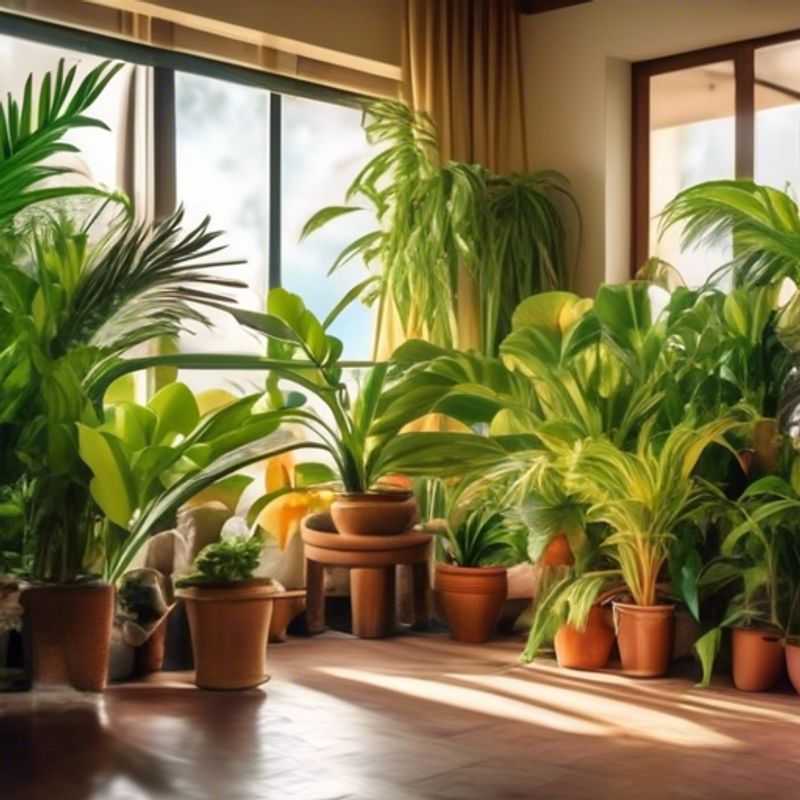
Green Thumbs Up: Researching the Specific Care Needs of Your Indoor Plants
Bringing greenery indoors can be a great way to improve your home's atmosphere and air quality. But every plant has unique needs, and neglecting them can lead to wilting, yellowing, or even death. To ensure your leafy companions thrive, research the specific care requirements for each type of indoor plant you bring home.
Before you buy a plant, find out what it needs to flourish. Research the optimal light conditions, whether it prefers direct sunlight or indirect light. Check if it requires specific watering schedules, including the frequency, amount of water, and preferred watering methods. Some plants might need additional humidity, while others need well-draining soil. Understanding these needs is crucial for keeping your plant happy and healthy.
When you bring a new plant home, observe its behavior. Note its growth patterns, leaf color, and any changes in its appearance. This will give you valuable insights into its overall health and help you identify any potential issues early on.
Remember, every plant is an individual. Even within the same species, they can have varying needs. By being observant, you can learn to read your plant's signals and adjust your care routine accordingly. This personalized approach ensures your green friend thrives in your home environment.
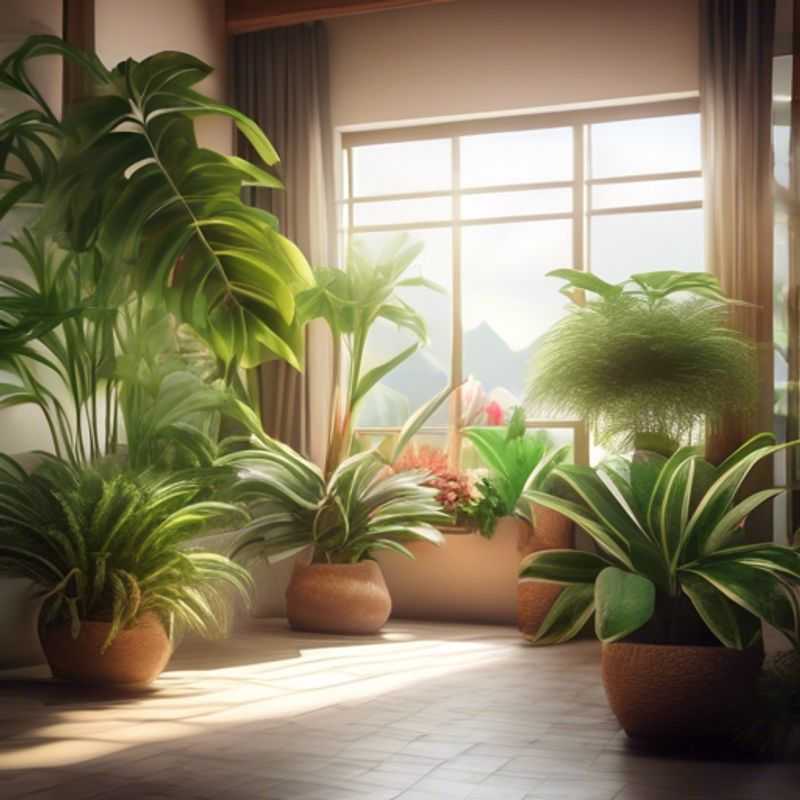
Sunlight and Space: Key Considerations for Your Home's Design
When considering the amount of sunlight and space available in your home for a garden or plants, you need to think about these two key factors:
Sunlight: Different plants have different sunlight requirements. Knowing how much sunlight your space receives throughout the day is crucial. Some plants thrive in full sun, while others prefer shade.
Space: How much space do you have? Measure your area to determine the size of your garden or plant arrangement. Consider the height of the plants when they mature and ensure there's enough room for them to grow.
You can use online tools or apps to help determine your sunlight exposure and calculate your available space. This can help you plan your garden or plant selection based on your specific conditions.
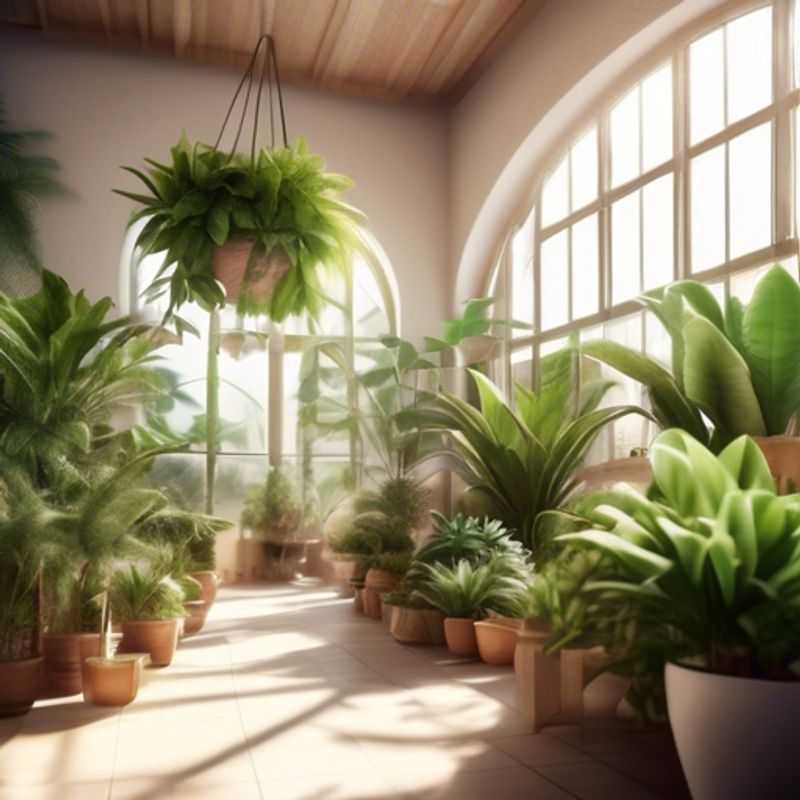
Green Thumbs, Not Required: Low-Maintenance Plants for Beginner Gardeners
Starting your gardening journey can be exciting, but it's also easy to feel overwhelmed by the endless options. The good news is, there are plenty of low-maintenance plants perfect for beginners. These plants are known for their hardiness and ability to thrive with minimal care, making them ideal for novice gardeners.
One great option for beginners is succulents. These plants are famous for their ability to store water in their leaves, allowing them to survive even with infrequent watering. They are also quite adaptable to a range of light conditions, making them a popular choice for indoor and outdoor gardening.
Another low-maintenance plant is aloe vera, a succulent known for its medicinal properties. Its thick, fleshy leaves can be used to treat burns, cuts, and other minor skin irritations. It's also surprisingly easy to propagate, meaning you can easily start new plants from cuttings.
Snake plants (Sansevieria trifasciata) are incredibly low-maintenance houseplants that can tolerate neglect. These plants require minimal watering and can thrive in various lighting conditions. They are also known for their air-purifying qualities, making them a great addition to any indoor space.
Spider plants (Chlorophytum comosum) are another beginner-friendly option that's easy to care for and propagates readily. They are known for their air-purifying properties and are also excellent choices for hanging baskets.
When choosing plants, always consider your local climate and the amount of sunlight your garden receives. By selecting plants that are suited to your environment, you'll make your gardening experience much easier and more enjoyable.
Remember, patience and observation are key to successful gardening. It's crucial to pay attention to your plants' needs and adjust your care routine accordingly. With a little patience and a lot of curiosity, you'll be well on your way to becoming a green-thumbed pro.
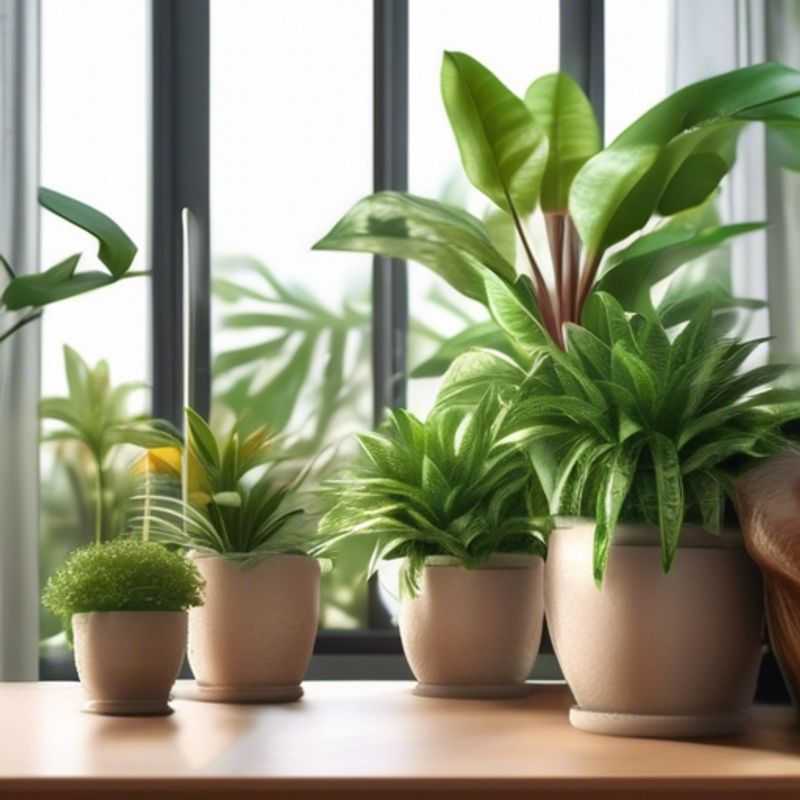
Decoding Plant Thirst: Understanding Watering Needs and Adjusting Accordingly
Understanding your plant's watering needs is key to their health and happiness. Plants vary in their thirst, influenced by factors like species, pot size, and growing environment.
Here’s a simple guide:
Feel the soil: Stick your finger about an inch into the soil. If it's dry, your plant needs a drink. If it's still moist, wait a bit longer.
Check the leaves: Wilting leaves indicate thirst. However, be aware that some plants naturally droop during the day.
Consider the pot: Small pots dry out faster than large ones. Clay pots are porous and allow for quicker evaporation than plastic pots.
Adjust your watering strategy: During hot weather, plants need more water. In winter, they may need less.
Remember, it’s better to slightly underwater than to overwater, as overwatering can lead to root rot.
Bonus Tip: Consider investing in a moisture meter for more precise readings.
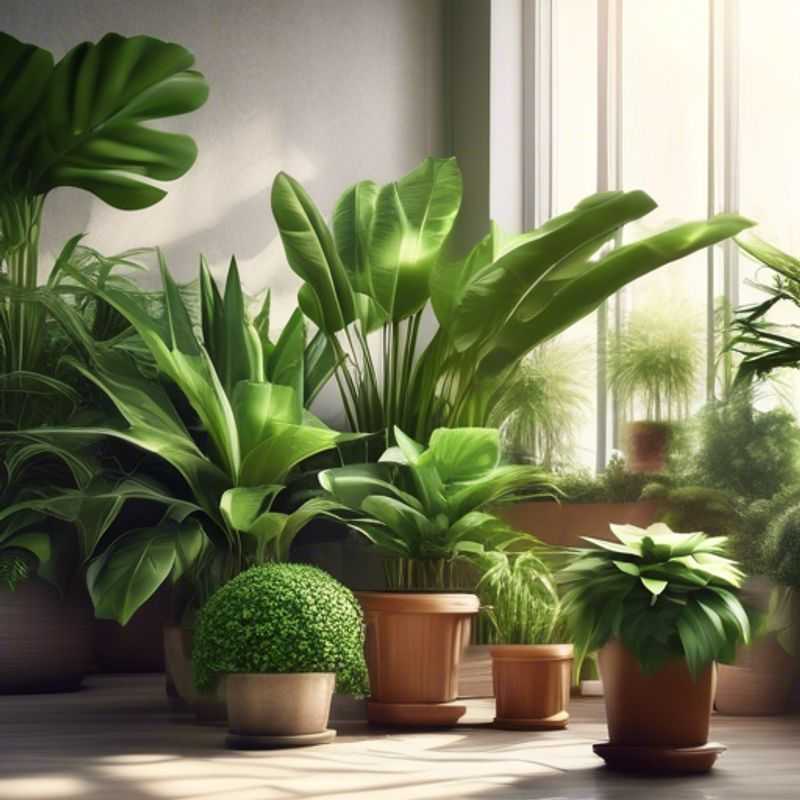
The Right Soil and Drainage: A Plant's Foundation for Thriving
Providing the right soil and drainage is essential for the health of selected plants. Different plants have specific soil requirements, often categorized by pH level, texture, and nutrient content. For example, succulents thrive in well-draining sandy soil, while ferns prefer moisture-retentive, rich organic soils. Assessing the soil type is crucial; you may need to amend it with compost or other materials to achieve the desired properties.
Drainage is equally important, as excess water can lead to root rot. Incorporating drainage layers using gravel or perlite can enhance soil aeration and prevent waterlogging. For container gardening, ensure pots have adequate drainage holes and consider using a potting mix designed for your specific plant types.
When planning for soil and drainage, consider potential costs. Activities such as soil testing, purchasing amendments (like fertilizers or organic matter), and installing drainage systems can add to your budget. It’s wise to allocate funds for premium soil mixes or hiring professional landscapers if necessary.
In summary, understanding the specific soil and drainage needs of your plants can significantly affect their growth and vitality. For further details, you might want to look up specific plant care guides and soil amendment techniques online.
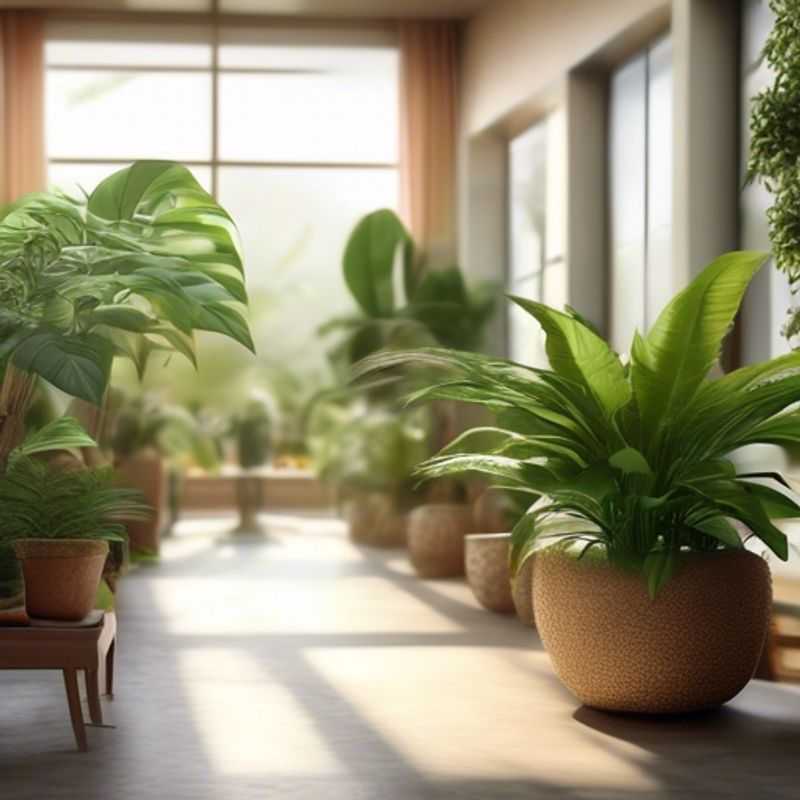
Pest and Disease Watch: Staying Ahead of Garden Threats
Monitoring for pests and diseases is crucial for maintaining healthy plants and preventing infestations or outbreaks. Regular inspections are essential to identify any early signs of trouble. Look for unusual spots, discoloration, wilting, holes, or insect activity. Identifying the specific pest or disease early allows for timely intervention, preventing widespread damage.
Several methods can be used to control pests and diseases, including: cultural practices, biological controls, and chemical controls. Cultural practices involve creating a healthy environment for plants, such as proper watering, fertilization, and pruning. Biological controls utilize beneficial insects or microorganisms to suppress pests. Chemical controls involve using pesticides or fungicides to kill pests or pathogens. Always choose the most environmentally friendly and sustainable option available.
It's crucial to understand the specific pest or disease you are dealing with before taking action. You can consult local experts, such as your local gardening club, extension office, or a certified pest control professional. They can help identify the issue and recommend appropriate solutions. Keep in mind that some pests and diseases may require specialized treatments or professional intervention.
Be mindful of potential costs associated with pest and disease management. This might include purchasing pesticides or fungicides, hiring professional pest control services, or replacing damaged plants. It's essential to factor these costs into your overall gardening budget.
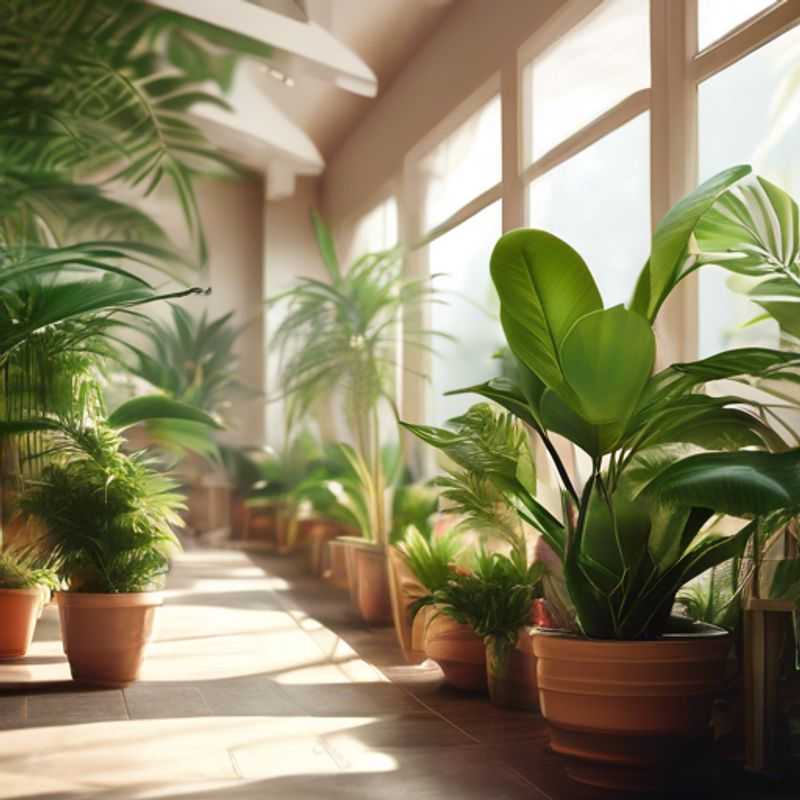
Unveiling the Secrets: Optimal Temperature and Humidity for Indoor Plant Thriving
Indoor plants, like their outdoor counterparts, thrive in specific temperature and humidity ranges. Optimizing these factors is crucial for their health and growth. Most indoor plants prefer temperatures between 65°F and 75°F (18°C and 24°C). Humidity levels are also important, with most plants enjoying humidity levels between 40% and 60%. While these are general guidelines, specific plant species have varying needs.
To ensure optimal conditions, consider a few key factors. Monitor temperature fluctuations, especially near windows or vents, and adjust accordingly. You can use a humidifier to increase humidity levels, especially during dry seasons. Additionally, grouping plants together can create a microclimate that retains moisture.
Be aware of the specific requirements of your plants. Some plants, like orchids and ferns, require higher humidity levels compared to others. Regularly check your plants for signs of stress, such as wilting leaves or browning tips, which may indicate issues with temperature or humidity.
Maintaining the right temperature and humidity for your indoor plants is not a complex task, but it's essential for their overall well-being. A little attention to these factors can make a significant difference in their growth and vibrancy. Remember, you can always consult online resources or your local nursery for more specific information regarding individual plant species.
